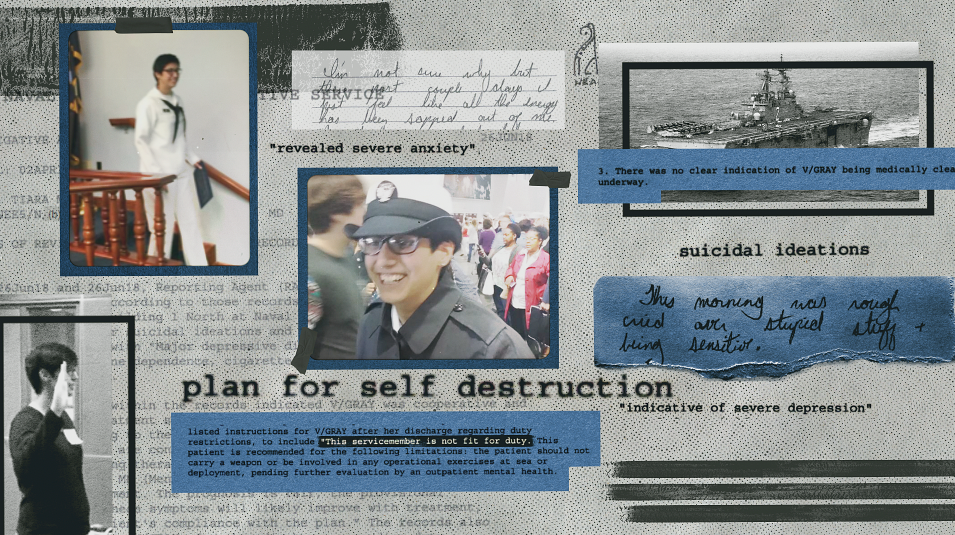Even though San Diego Unified is only a couple months into this school year, it's facing a $176 million shortfall for next year and is looking at ways to close that budget shortfall.
Right now, everythings on the table, including possible teacher layoffs, which is why the district held a public workshop on the budget on Monday in Old Town.
No budget decisions were made at the meeting, which was essentially a public brainstorming session to try to avoid any layoffs.
Last year, the district faced a $94 million deficit that it was mostly able to avoid unscathed, but this time around, that gap is much wider.
Get top local stories in San Diego delivered to you every morning. Sign up for NBC San Diego's News Headlines newsletter.
Parents opened Monday’s workshop with a reminder to board members to learn from their mistakes.
“Churchill once said that those who fail to learn from history are doomed to repeat it,” an unnamed parent said.
San Diego Unified school board president Shana Hazan acknowledges what’s gone wrong in the past when it comes to transparency.
Local
“Leaders didn't share information about potential cuts early in the year because there was a desire to protect our staff and community from discomfort,” Hazan said.
Hazan said Monday's budget session was scheduled for October this year rather than later next spring in order for all stakeholders to confront that discomfort early. The session’s first objective was rehashing how the district got in such a big financial hole to begin with. It pointed to declining student enrollment… a pre COVID-fund deficit and increased student needs.
“We now find ourselves facing a really large deficit, one that grows every year," the district's interim superintendent, Fabiola Bagula, said on Monday.
As things track now, the funding gap for next school year will widen to $230 million. The district said it was unable to look to the state to fund the shorfall, either.
To change course, the district's executive director, Nicole DeWitt, suggested that city schools prioitizes “must do's” vs. “may do's” and increase revenue through things like recruitment. All that while being careful to ensure that while the district consolidates, it doesn’t create too much pressure and exhaust the staff and resources it has left.



